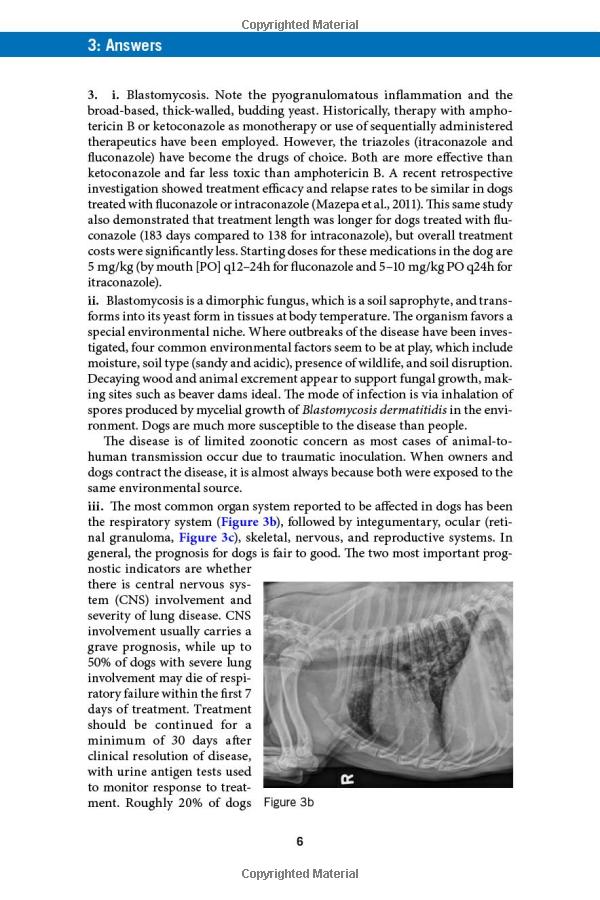# Pet Scan vs MRI Claustrophobia: Understanding Your Options
When faced with the need for medical imaging, many patients find themselves grappling with the choice between a PET scan and an MRI, particularly when conce……
When faced with the need for medical imaging, many patients find themselves grappling with the choice between a PET scan and an MRI, particularly when concerns about claustrophobia arise. This article delves into the nuances of pet scan vs mri claustrophobia, aiming to provide clarity and comfort for those who may be anxious about these procedures.
## What is a PET Scan?
A Positron Emission Tomography (PET) scan is a type of imaging test that helps doctors see how your tissues and organs are functioning. During a PET scan, a small amount of radioactive material is injected into your bloodstream. This material emits positrons, which are detected by the scanner to create images that show how your body is working at a cellular level. PET scans are particularly useful in detecting cancer, monitoring treatment responses, and assessing brain disorders.
## What is an MRI?
Magnetic Resonance Imaging (MRI), on the other hand, uses strong magnets and radio waves to create detailed images of organs and tissues inside your body. Unlike a PET scan, an MRI does not involve radiation. Instead, it provides high-resolution images that can help diagnose various conditions, including brain tumors, spinal cord injuries, and joint problems.
## The Claustrophobia Factor
One of the most significant concerns for patients when considering these imaging tests is claustrophobia. Both PET scans and MRIs require you to lie still inside a machine for a period of time, which can be daunting for those who experience anxiety in enclosed spaces.

### PET Scan and Claustrophobia
While PET scans are typically less confining than MRIs, they still require you to lie on a narrow table that slides into a large, cylindrical scanner. For many patients, this can trigger feelings of anxiety or discomfort. However, the duration of a PET scan is generally shorter, often lasting only 20 to 30 minutes, which may be more manageable for those with claustrophobia.
### MRI and Claustrophobia
MRIs can be more challenging for individuals with claustrophobia. The machine is often more enclosed, and the scan can take anywhere from 15 minutes to over an hour, depending on the complexity of the images required. The noise generated by the machine can also add to the discomfort. Many facilities now offer open MRIs, which provide a more spacious environment, but these may not always offer the same level of detail as traditional MRIs.
## Strategies to Cope with Claustrophobia

If you find yourself anxious about undergoing a PET scan or MRI, there are several strategies to help ease your fears:
1. **Communicate with Your Healthcare Provider**: Discuss your concerns about claustrophobia with your doctor. They may be able to provide options or accommodations to make the experience more comfortable.
2. **Consider Sedation**: In some cases, mild sedation can be offered to help you relax during the procedure. Talk to your healthcare provider about whether this is a suitable option for you.
3. **Practice Relaxation Techniques**: Techniques such as deep breathing, visualization, or mindfulness can help manage anxiety before and during the scan.
4. **Bring a Support Person**: If allowed, having a trusted friend or family member accompany you can provide emotional support.

5. **Use Earplugs or Headphones**: If noise is a concern, ask if you can wear earplugs or listen to music during the scan.
## Conclusion
Choosing between a pet scan vs mri claustrophobia can be daunting, especially if you struggle with anxiety in tight spaces. Understanding the differences between these imaging tests, along with strategies to cope with claustrophobia, can empower you to make an informed decision about your healthcare. Always consult with your healthcare provider to discuss your options and find the best approach for your needs.